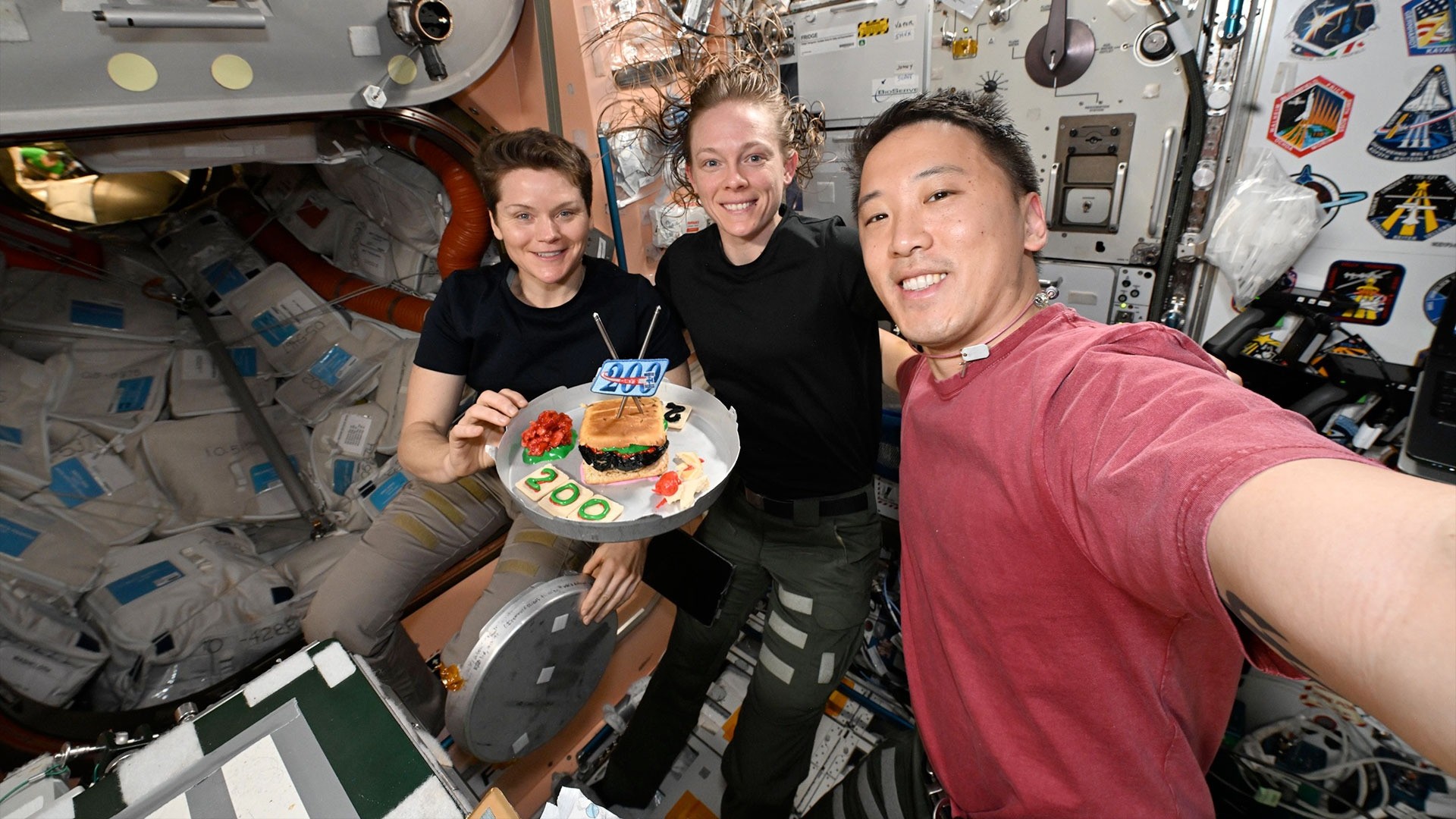NASA's Voyager 1 Spacecraft Nearing Edge of the Solar System

NASA's Voyager 1 probe is nearing the edge of our solar system after 33 years and nearly 11 billion miles of spaceflight. The spacecraft may make the final crossing into interstellar space in just four more years, NASA announced today (Dec. 13).
The Voyager 1 spacecraft has entered a region of space in the outer solar system where the speed of solar wind ? charged particles streaming from the sun ? is effectively zero. NASA scientists think the steep drop in solar wind speed is a sign that it has been blown sideways by a more powerful interstellar wind that blows in the spaces between stars.
"The solar wind has turned the corner," said Ed Stone, Voyager project scientist based at the California Institute of Technology in Pasadena, Calif., in a statement. "Voyager 1 is getting close to interstellar space."
Voyager 1 has traveled about 10.8 billion miles (17.4 billion kilometers) from the sun since it launched on Sept. 5, 1977 on a mission to swing by the gas giant planets of Jupiter and Saturn.
But Voyager 1 did not stop there. It continued on its way and in 2004 crossed a solar system boundary known as the termination shock ? the border at which the sun's supersonic solar wind crosses a shockwave, slows down and heats up.
The region immediately beyond the termination shock, where Voyager 1 is now, is called the heliosheath. The edge of the solar system is a cosmic border known as the heliopause. [Diagram of the Voyager probes' locations]
The heliosheath forms a turbulent outer shell of the sun's cosmic reach, which scientists call its "sphere of influence." Once Voyager 1 travels beyond the heliosheath and crosses the heliopause, it will officially be in interstellar space. The spacecraft is hurtling toward the solar system's edge at a steady rate of about 38,000 mph (61,155 kph).
Breaking space news, the latest updates on rocket launches, skywatching events and more!
NASA thinks Voyager 1 could cross into the interstellar frontier by 2014. When the probe makes the crossing, there should be a sudden drop in the amount of hot particles Voyager 1 encounters and a spike in the number of cold particles it detects, NASA officials said.
A sensor on Voyager 1 called the Low-Energy Charged Particle Instrument recorded the speed (or lack thereof) of the solar wind around the spacecraft, NASA officials said. In August 2007, the sun's solar wind was blowing outward like a steady gale at about 130,000 mph (209,214 kph). Since then, it has been slowing down by 45,000 mph (72,420 kph) each year.
In June, Voyager 1's solar wind sensor began clocking an outward speed of zero. Scientists tracked the speed measurement for months to make sure it was accurate.
"When I realized that we were getting solid zeroes, I was amazed," said Rob Decker, a Voyager Low-Energy Charged Particle Instrument co-investigator and senior staff scientist at the Johns Hopkins University Applied Physics Laboratory in Laurel, Md. "Here was Voyager, a spacecraft that has been a workhorse for 33 years, showing us something completely new again."
The observations were presented today at the fall 2010 meeting of the American Geophysical Union meeting in San Francisco.
Voyager 1 was actually one of two spacecraft launched in 1977 to explore the outer solar system. On Aug. 20 of that year, just a few weeks before Voyager 1's launch, NASA launched Voyager 2 on a grand tour of the solar system that flew by Jupiter, Saturn, Uranus and Neptune. Both spacecraft rely on nuclear power sources to generate electricity.
While Voyager 2 launched first, it is traveling slower and in a different direction than Voyager 1. After completing its planetary flybys, Voyager 1 swung up to leave the solar system in a northern direction, while Voyager 2 pitched down on a more southerly course.
Voyager 2 is currently about 8.8 billion miles (14.1 billion km) from the sun and is traveling about 35,000 mph (nearly 56,330 kph) ? 3,000 mph slower than Voyager 1.
Voyager 2 should see the solar wind speed dwindle to zero in the next few years, NASA officials said.
Join our Space Forums to keep talking space on the latest missions, night sky and more! And if you have a news tip, correction or comment, let us know at: community@space.com.

Space.com is the premier source of space exploration, innovation and astronomy news, chronicling (and celebrating) humanity's ongoing expansion across the final frontier. Originally founded in 1999, Space.com is, and always has been, the passion of writers and editors who are space fans and also trained journalists. Our current news team consists of Editor-in-Chief Tariq Malik; Editor Hanneke Weitering, Senior Space Writer Mike Wall; Senior Writer Meghan Bartels; Senior Writer Chelsea Gohd, Senior Writer Tereza Pultarova and Staff Writer Alexander Cox, focusing on e-commerce. Senior Producer Steve Spaleta oversees our space videos, with Diana Whitcroft as our Social Media Editor.
